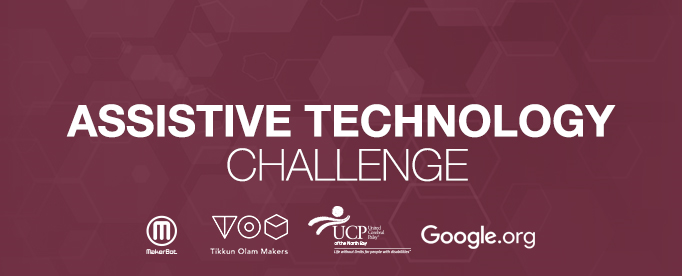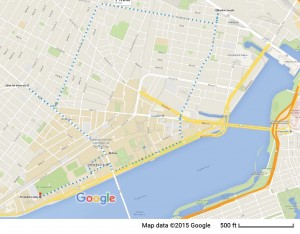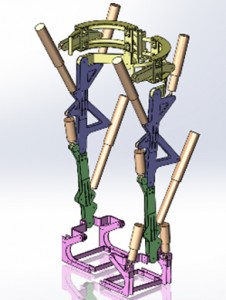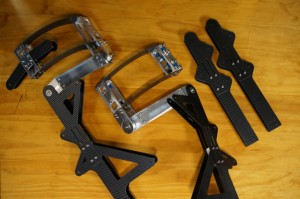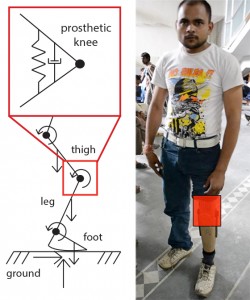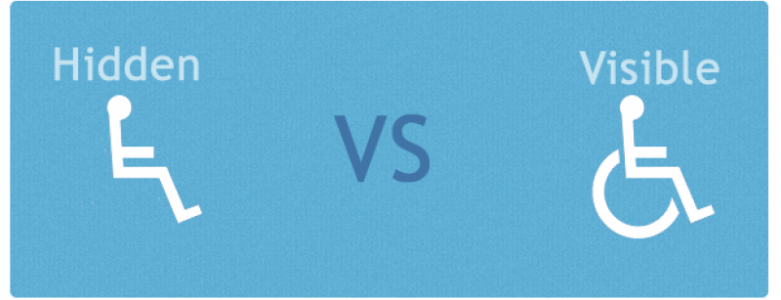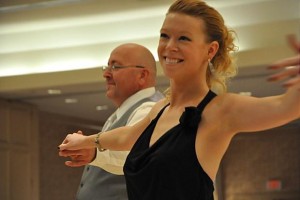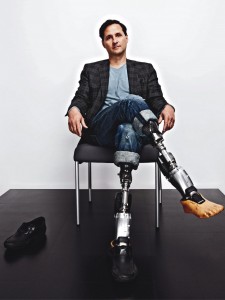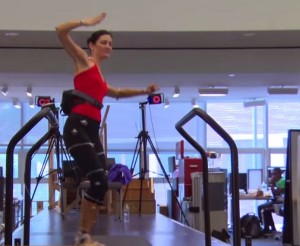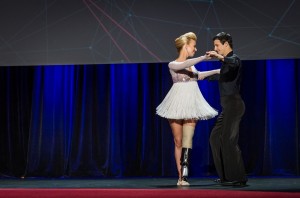Painting has long been thought of as a purely visual art form, for which the ability to see is a predetermined requisite. Yet, for John Bramblitt, a functionally blind artist who can only discern varying degrees of brightness, there is always another way.
John lost his sense of sight in 2001 due to complications from epilepsy. Despite the inability to “see” his work, he developed a method of tactile painting that replaces the sense of sight with the sense of touch. Each of John’s paints are coded in Braille. To mix paint, John can feel the texture of the two paints he is mixing until the mixture reaches the desired shade. To draw outlines of his paintings, John uses a fast drying paint that he can draw very precisely to create raised lines and thus determine the position of his brush on the canvas.

Using these techniques he’s even been able to create portraits of people’s he’s never seen, like his young son. Presently, he continues to produce and showcase his artworks. In his spare time, he teaches workshops on painting for individuals with disabilities. For John, being able to “draw without eyesight” reshaped his life. Yet for the rest of the world, it has transformed the possibilities of visual art, expanding to incorporate the other senses of the human body.

You can see more of John’s paintings on his website. You can also learn more about John’s story through the video below:
